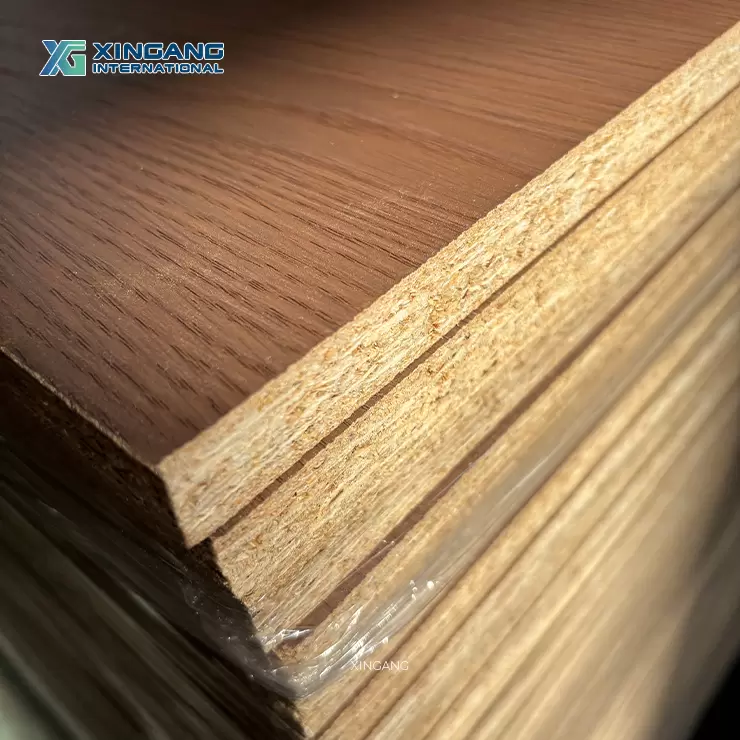Mastering the Art of Attaching Acoustic Ceiling Panels: A Comprehensive Guide
Acoustic ceiling panels are an essential component in creating a comfortable and noise-free environment in various settings, such as offices, schools, and theaters. However, attaching these panels correctly is crucial to ensure optimal acoustic performance. In this comprehensive guide, we will delve into the intricacies of attaching acoustic ceiling panels, providing you with expert tips and techniques to achieve outstanding results.
- Understanding Acoustic Ceiling Panels:
Before diving into the attachment process, it is essential to have a solid understanding of acoustic ceiling panels. These panels are designed to absorb sound waves, reducing echo and reverberation in a room. They come in various materials, including fiberglass, mineral fiber, and perforated metal, each with its unique acoustic properties. Familiarize yourself with the different panel types and their specific applications to make an informed choice. - Pre-Installation Preparation:
Proper preparation is key to a successful installation. Begin by measuring the ceiling area accurately to determine the number of panels required. Consider factors such as room dimensions, desired sound absorption levels, and panel size options. Additionally, ensure that the ceiling surface is clean, dry, and free from any obstructions or protrusions that may hinder the installation process. - Selecting the Right Attachment Method:
There are several attachment methods available for acoustic ceiling panels, including direct screwing, adhesive bonding, and suspension systems. The choice of method depends on factors such as panel weight, ceiling material, and aesthetic preferences. Evaluate the pros and cons of each method and select the most suitable one for your specific project. - Direct Screw Attachment:
Direct screw attachment is a commonly used method for lightweight acoustic panels. This technique involves securing the panels directly to the ceiling using screws. Ensure that the screws are of appropriate length and gauge to provide sufficient support. Take care to align the panels accurately and maintain consistent spacing for a professional finish. - Adhesive Bonding:
Adhesive bonding is an ideal method for lightweight panels or situations where screwing is not feasible. It involves applying a high-quality adhesive to the back of the panel and firmly pressing it onto the ceiling surface. Follow the manufacturer's instructions for adhesive application, ensuring proper coverage and uniform pressure. Use temporary supports or clamps to hold the panels in place until the adhesive cures. - Suspension Systems:
For larger or heavier acoustic panels, suspension systems offer enhanced support and flexibility. These systems typically consist of metal grids or rails that are suspended from the ceiling, allowing the panels to be easily inserted and adjusted. Ensure proper alignment and spacing of the suspension system components to maintain a level and visually appealing ceiling. - Finishing Touches:
Once the panels are securely attached, it is essential to pay attention to the finishing touches. Conceal any visible screws or attachment points using matching paint or decorative caps. Ensure that all panels are aligned correctly and free from any visible gaps or irregularities. Conduct a thorough inspection to guarantee a seamless and aesthetically pleasing installation.
Conclusion:
Attaching acoustic ceiling panels requires a meticulous approach to achieve optimal acoustic performance and visual appeal. By understanding the different panel types, selecting the appropriate attachment method, and paying attention to detail during installation, you can create a space that is both acoustically superior and visually stunning. Implement the techniques discussed in this guide, and embark on your journey to transform any room into a haven of tranquility and exceptional sound quality.


